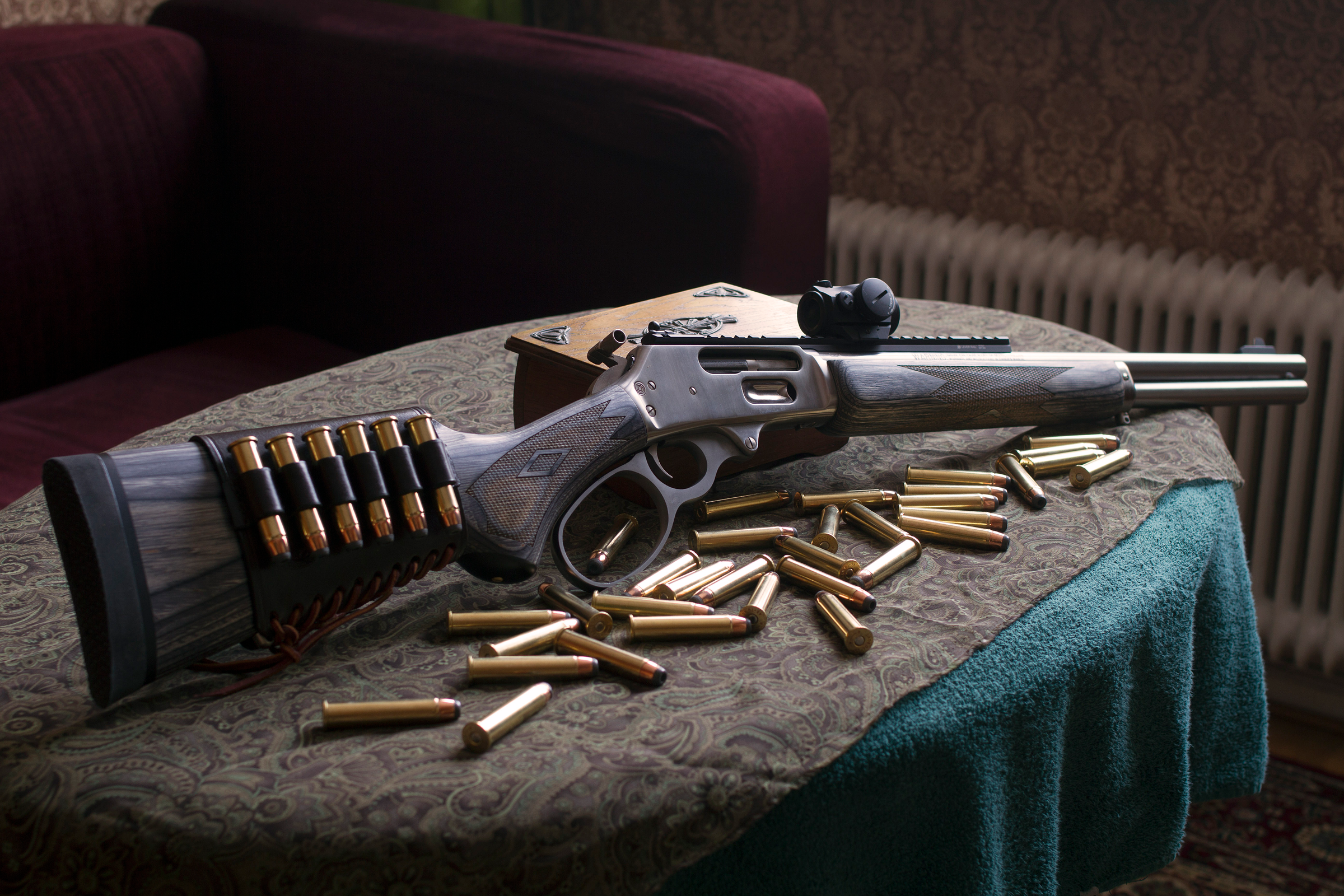Protecting your catch: why a quality rod case Is essential for winter fishing adventures
Protecting your catch: why a quality rod case Is essential for winter fishing adventures

1. Durability against harsh conditions
-
Weatherproof materials: High-end rod cases are often crafted from weather-resistant materials such as heavy-duty nylon, polyester, or even waterproof fabric blends. These materials prevent moisture from seeping in, safeguarding your rods and reels from rust and corrosion.
-
Shock resistance: Winter fishing may require traveling over rugged terrain or handling unexpected slips on icy surfaces. Premium rod cases often feature a hard shell or foam padding that absorbs shock, protecting rods from impacts that could lead to snapping, cracking, or other structural damage.
2. Organized storage and easy transportation
-
Custom compartments: Many rod cases come with compartments, straps, and pockets tailored for specific rod sizes, reel storage, and additional equipment. With organized storage, you’ll spend less time searching through gear and more time fishing.
-
Adjustable straps and handles: Winter fishing often requires trekking across snow and ice to find the perfect spot. Quality rod cases typically feature padded handles and adjustable shoulder straps, allowing for comfortable transport. Some models also offer backpack-style designs, making it easier to carry equipment on longer hikes without wearing down your hands or back.
3. Preventing rod damage from temperature fluctuations
-
Insulated protection: Insulated cases help prevent rapid temperature shifts, reducing the chances of stress fractures or material warping. This is particularly important for high-quality, sensitive rods that are more susceptible to changes in temperature.
-
Moisture control: Some cases feature built-in ventilation to prevent condensation. In winter fishing, condensation can occur when you bring your gear from a cold environment into a warmer one. Ventilated cases help reduce moisture buildup, which protects rods from rust and mold over time.
4. Security for expensive gear
-
Locking mechanisms: Many high-end rod cases come with locking systems or secure closures to keep the case shut tightly, preventing accidental opening. Some also offer combination locks or key locks, providing an added layer of security during travel.
-
Foam padding and reinforced design: Internal foam padding cradles rods and reels securely, while reinforced outer casings prevent external impacts from affecting your gear. This protection is especially crucial for fragile rod tips and high-quality reels that need extra care.
5. A rod case extends the lifespan of your equipment
-
Long-term savings: By reducing the risk of breakage, corrosion, or general damage, a rod case saves anglers from costly repairs or replacements. Proper care through safe storage keeps rods in prime condition for future seasons.
-
Improved performance: Well-maintained rods perform better, allowing you to cast with precision, sensitivity, and strength. A rod case keeps gear protected, ensuring rods remain in optimal condition, ready to perform when you need them most.
6. Convenience for multi-day trips
-
Easy packing and unpacking: Many rod cases allow you to store rods fully assembled, saving time when you’re setting up or packing down. With everything securely stored, you can access your gear faster, which is valuable during winter trips when every moment in the cold counts.
-
Travel-friendly designs: Many cases are specifically designed to be travel-friendly, fitting into cars, trucks, or even overhead compartments on planes. This makes them ideal for anglers who travel far and wide to explore winter fishing spots.
Choosing the right rod case for winter fishing
-
Size and capacity: Consider how many rods you’ll be carrying and the length of each. Some cases are expandable, allowing you to store additional gear or accommodate longer rods.
-
Material and protection level: Hard cases are more robust and suitable for longer trips or rugged terrains, while soft cases with padding work well for lighter, more compact setups. Both types can offer weatherproof features, so choose one that aligns with your needs.
-
Portability: Look for comfortable carrying options, especially if you’ll be trekking to remote locations. Padded handles, shoulder straps, or even backpack-style options can make a big difference in comfort and convenience.























